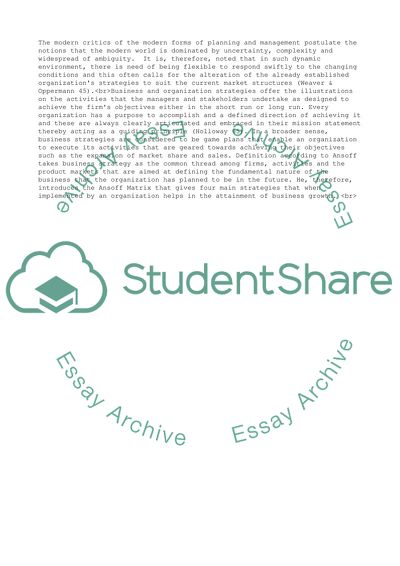Cite this document
(“Analysis of the Existing Strategy of the TUI Group Essay”, n.d.)
Analysis of the Existing Strategy of the TUI Group Essay. Retrieved from https://studentshare.org/management/1702392-analysis-of-the-existing-strategy-of-the-tui-group
Analysis of the Existing Strategy of the TUI Group Essay. Retrieved from https://studentshare.org/management/1702392-analysis-of-the-existing-strategy-of-the-tui-group
(Analysis of the Existing Strategy of the TUI Group Essay)
Analysis of the Existing Strategy of the TUI Group Essay. https://studentshare.org/management/1702392-analysis-of-the-existing-strategy-of-the-tui-group.
Analysis of the Existing Strategy of the TUI Group Essay. https://studentshare.org/management/1702392-analysis-of-the-existing-strategy-of-the-tui-group.
“Analysis of the Existing Strategy of the TUI Group Essay”, n.d. https://studentshare.org/management/1702392-analysis-of-the-existing-strategy-of-the-tui-group.


